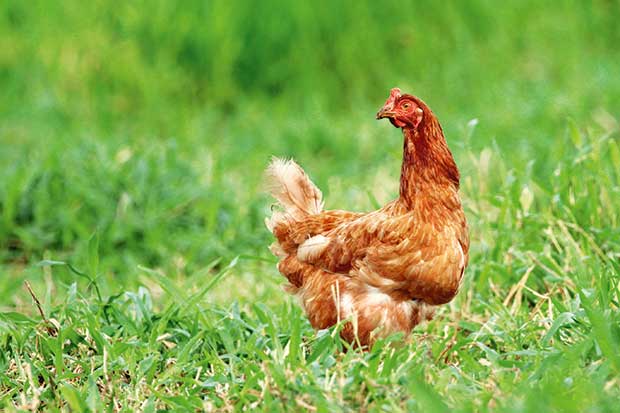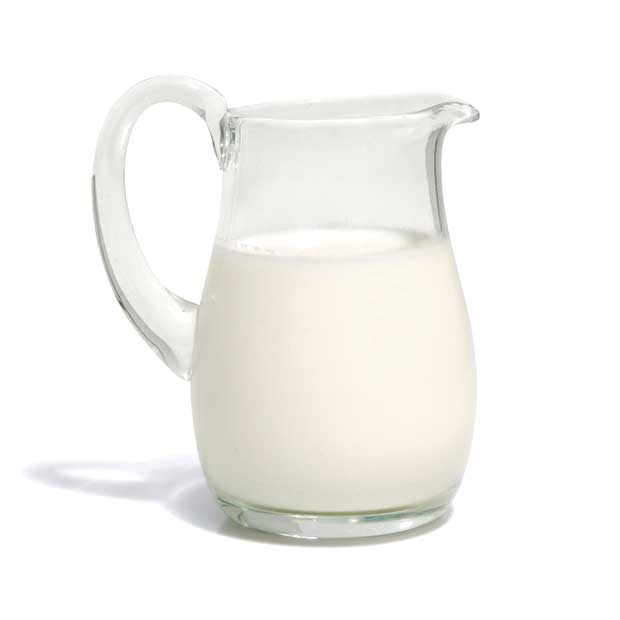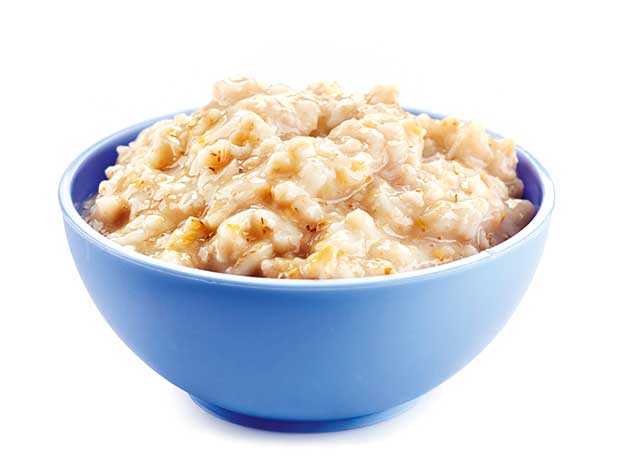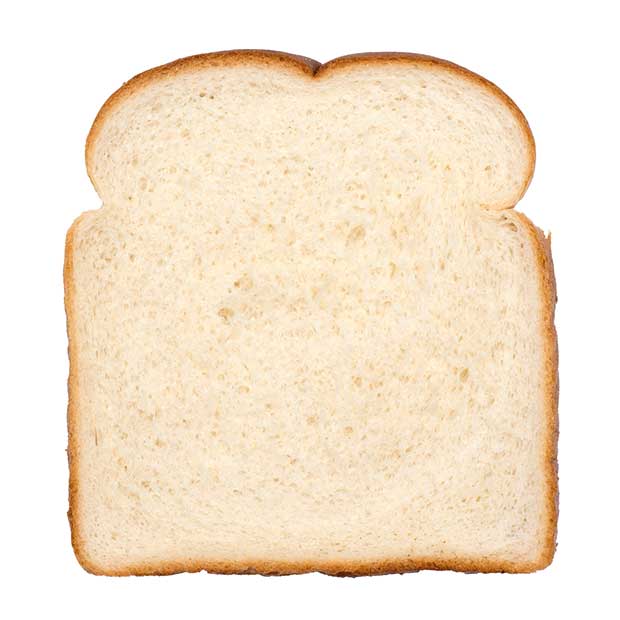3 things you shouldn’t feed your chickens

Chickens are not the best at self-regulating a nutritious diet.
Words: Sue Clarke
Many people believe that because their poultry rush to gobble up food offerings, they must ‘know’ it is good for them. However, scientists now know that it is a bird’s natural behaviour to be competitive and eat fast, no matter what the food.
They will fill up their crop on foods with low or no nutrition if that is what is available. However, it means they then miss out on better quality food sources they come across afterwards.
The best advice is to feed a balanced, quality commercial poultry feed first, then offer treats later in the day. This means birds consume the nutrition they need for health, growth and egg production.
1. MILK

Poultry owners often think milk is a treat food. It does contain some useful protein and minerals.
However, it’s also harmful to poultry, which are lactose-intolerant, causing diarrhoea.
2. PORRIDGE
A warm bowl of porridge oats on a cold morning is another popular option.
But oats are low in nutrition, notably protein and fat. They fill up a bird’s digestive system, leaving little or no room for a bird to take in a quality, balanced poultry feed.
The average, medium-sized (2kg) layer hen needs around 112g of food per day. Ideally that feed will contain 17g of protein.
If she eats 56g of porridge (assuming 50% oats, 50% water) and 56g of layer pellets, she’s taking in only 70% of her daily protein requirements (3.65g of protein from the porridge, 9.07g from the layer feed).

She would also get less B vitamins, and miss out on vitamins A, D and E which are virtually absent in oats. Overall, she would be deprived of around 40% of her daily nutritional needs.
Oats (and barley) are also high in beta glucans which birds cannot digest properly. These bind with water in the gut to make a gluey content that then blocks the absorption of nutrients through the gut wall. It can cause necrotic enteritis (inflammation of the gut lining) and sticky wet droppings which form wet litter.
Commercial feeds may contain barley or oats but also have enzymes added to help digest the beta glucans.
Feeding a heated food may appeal to owners, but birds have evolved to eat food at air temperature. They keep warm thanks to their natural body temperature, which is higher than humans, and their feathers, which are an effective insulation.
3. BREAD
Bread is a problem food, especially soft white bread. It can easily form a ball in the crop when mixed with saliva and other fluids.
This can then lead to a blockage and a bird becomes ‘crop bound’.

Yeasts in bread can ferment. Sugars produced by fermenting bread turn into carbon dioxide and alcohol, affecting the pH of the crop, creating more sugars.
This can encourage other yeasts such as candida to grow, turning an untreated ‘bound’ crop into chronic sour crop.
Love this story? Subscribe now!
 This article first appeared in NZ Lifestyle Block Magazine.
This article first appeared in NZ Lifestyle Block Magazine.
